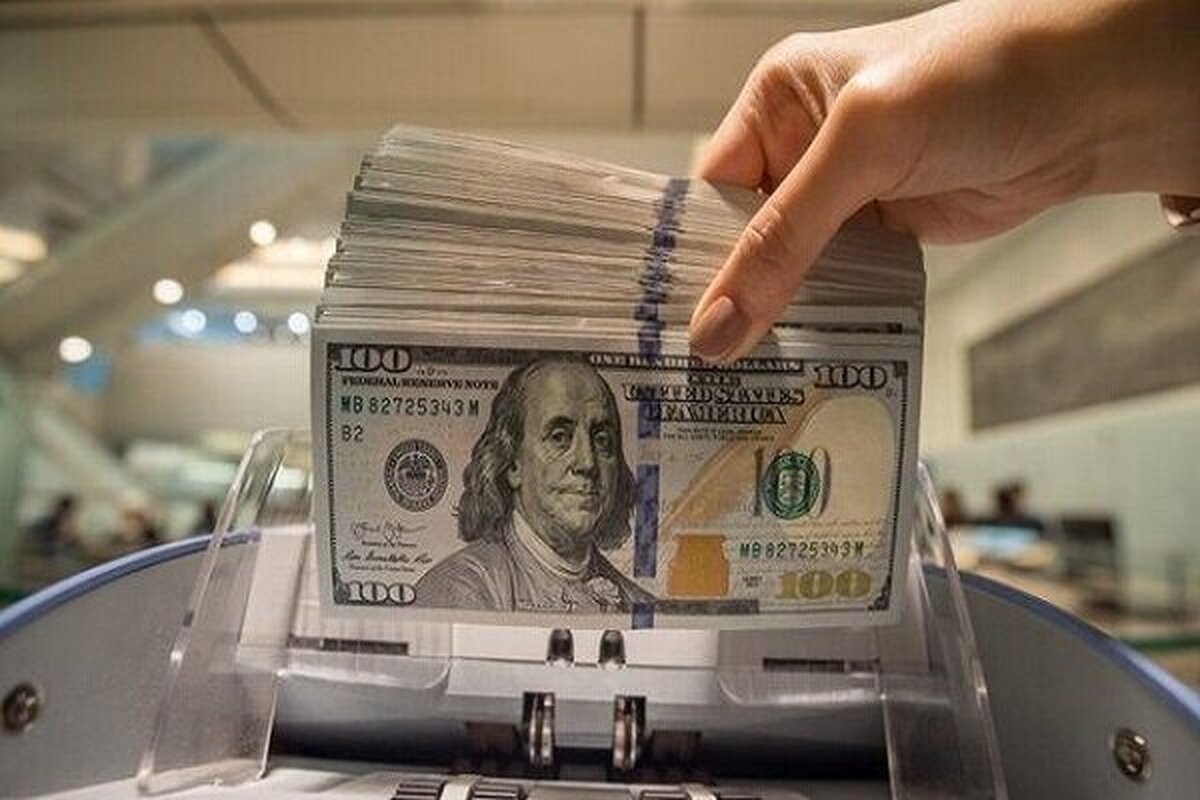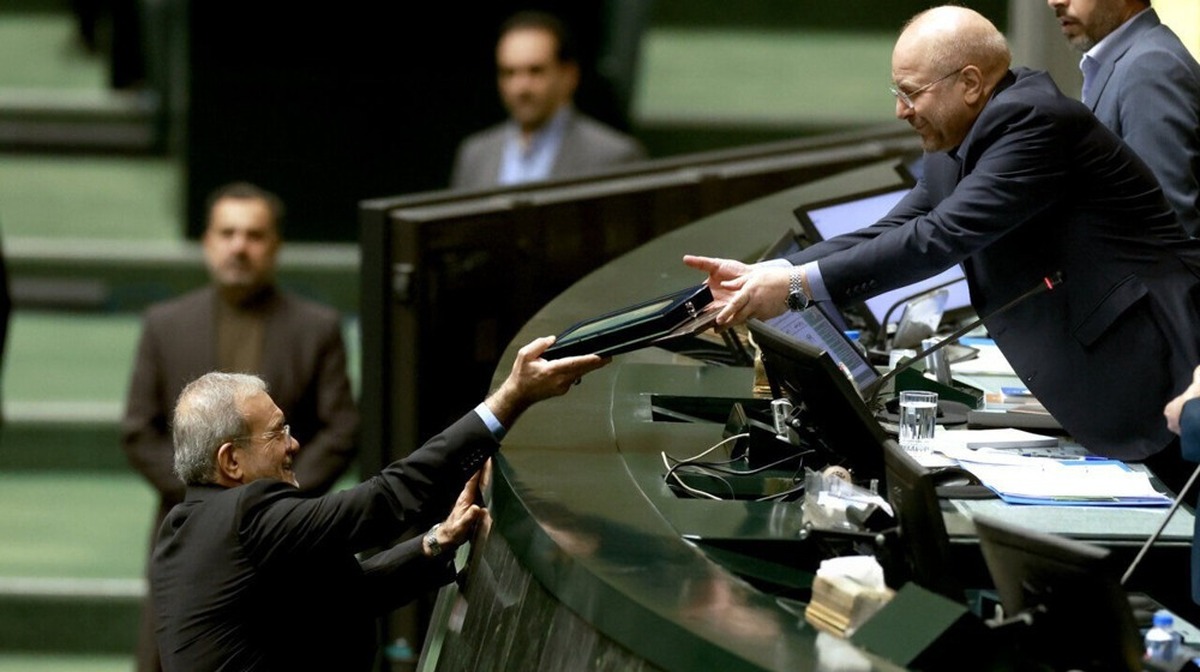
Iran Gov’t Budget Deficit to Exceed $10b
EghtesadOnline: The government is expected to run a budget deficit of 2,800 trillion rials ($10.2 billion) by the end of the current fiscal year (March 2021-22), forecasts Majlis Research Center, the research arm of the Iranian Parliament.
Government revenues during the first four and a half months of the current fiscal year (started March 21) met 46% of the target set in the budget law for the period, according to a recent report published by MRC.
Revenues gained during the period realized 18% of the target set for the entire fiscal 2021-22, the report added, noting that despite the relatively high realization rate for tax and customs revenues, they also fell short of the budgetary target set for the four and a half months under review.
The realization rate for oil revenues stood at 15% for 4.5 months and 3% for the whole year, which indicate an overestimation of this source of revenue in the budget.
Revenues from Islamic treasury bonds stood at 640 trillion rials ($2.3 billion) during the period while projection for the entire year as per the budget law stands at 520 trillion rials ($1.9 billion). In other words, the government issued 20% more bonds during the March 21-Aug. 6 period than the ceiling set in the budget for the whole year.
The government failed to sell adequate financial Islamic bonds in the capital and money markets, as only 18% of such bonds were issued and sold by Aug. 6.
Projected revenues from the transfer of state-owned companies have not been realized during the period under review either. Only 1 trillion rials ($3.6 billion) of the 2,550 trillion rials ($9.3 billion) in income from the transfer of state-owned companies in the budget law were gained (near 0%).
The government tapped into 92% of revenues projected in the budget law from the National Development Fund of Iran, the sovereign wealth fund of Iran, during 4.5 months. Projected revenues from NDFI registered the highest realization rate after treasury bonds.
Petty cash fund was initially set at 3% of the government’s public budget according to Article 24 of Public Auditing Law. But the Iranian Cabinet raised it from 412 trillion rials ($1.5 billion) to 549 trillion rials ($2 billion) that amounts to 4% of the government’s public budget in its June 19 meeting. The government used the whole sum in the first five months of the year (March 21-Aug. 22), which increased the monetary base, and consequently money supply and inflation, in the early months of the year.
On the expenditure side, 58% of the budgetary target were realized during the first four and a half months since March 21. The mismatch between revenues and expenditures during the period (with expenditures outweighing revenues) is indicative of the government’s use of petty cash fund. If we consider the first ceiling as a criterion for evaluating the budget performance, 72% of the expenditures have been realized in the first four and a half months.
The first and second ceilings set on government’s public revenues and expenditures in the 2021-22 Budget Law are 9,370 trillion rials ($34.2 billion) and 12,770 trillion rials ($46.6 billion). MRC has only taken into account the first ceiling to evaluate the government’s budgetary performance.
Sixty percent of payments associated with operating expenses have been materialized over the period. Ninety-two percent of payments related to capital assets (including sales of crude oil and petroleum products) have been materialized over the period.
Only 10% of the ownership of financial asset” were realized during the period, thanks mostly to lesser sales of financial bonds and as a result, the greater part of bonds will mature in the second half of the year (Sept. 23-March 20, 2022).
Tax and customs revenues with 34% and treasury bonds with 25% realization rate of the target set in the 2021-22 Budget Law were more reliable to meet the government’s expenses during the first four and a half months of the year compared with other sources of income.
Tax revenue realization rate exceeded 90% over the past two years. As a result, MRC predicts that 95% of projected revenues from this source will be materialized by the end of the year, provided that the new government improves the taxation process and prevents tax evasion.
Revenues from the sales of oil and petroleum products are predicted to reach 20% of the target set in the current budget, given that foreign parties, including the US, seem unlikely to change their behavior regarding sanctions.
MRC predicts that the revenue realization rate from treasury bonds and transfer of state-owned companies by the end of the year won’t exceed 50% and 30%, respectively. However, revenues from NDFI are expected to materialize completely (100%), given the rise in exchange rate set by the so-called secondary FX market, known by its Persian acronym Nima.
The parliamentary think tank also predicts that 67% of the revenues of the first ceiling of the 2021-22 Budget Law will materialize by the end of the year. Assuming that expenditures return to the path set down in the budget, the government will run a budget deficit worth 2,800 trillion rials ($10.2 billion).
Supreme Audit Court’s Report on 2020-21 Budget
Recent data released by the Supreme Audit Court of Iran show the government met 82.5% of public resources in the last fiscal year’s budget (2020-21), as expenditure went over 125% of the target.
Up to 127.4% of the government’s projected revenues, i.e., 30,470 trillion rials ($111.2 billion) and 125.9% of projected expenditures, i.e., 30,462 trillion rials ($111.1 billion) were materialized last year.
Yet, considering that over 1,136 trillion rials ($4.1 billion) or 19% of public revenues were gained through Islamic bonds issued with the approval of the Supreme Council of Economic Coordination, chaired by the heads of the three branches of government, the actual realization rate of public resources was at 82.5%, IRNA reported.
Revenues outweighed expenditures, thanks to yearend treasury reserves worth 7,273 billion rials ($26.5 million).
Payment of 2,167 trillion rials ($7.9 billion) from the government’s public resources was the main reason behind the rise in expenditure to revenue ratio.
The increase in public expenditures, compared to the approved resources, was due to the receipt of 125,390 billion rials ($457.6 million) in revenues, while the projected increase in public expenditure in the last year’s Budget Law was 1 million rials ($3.6).
Mehrdad Bazrpash, director of the Supreme Audit Court of Iran, the supervisory arm of the Iranian Parliament, read out the 2020-21 annual monitoring report on Tuesday.
Every year, the audit court publishes a monitoring report on the government’s performance. The report provides information on financial flows and the implementation of government programs against the targets set in the budget law.
For the 2020-21 annual monitoring report, a total of 3,700 state agencies were audited, IRNA reported.



